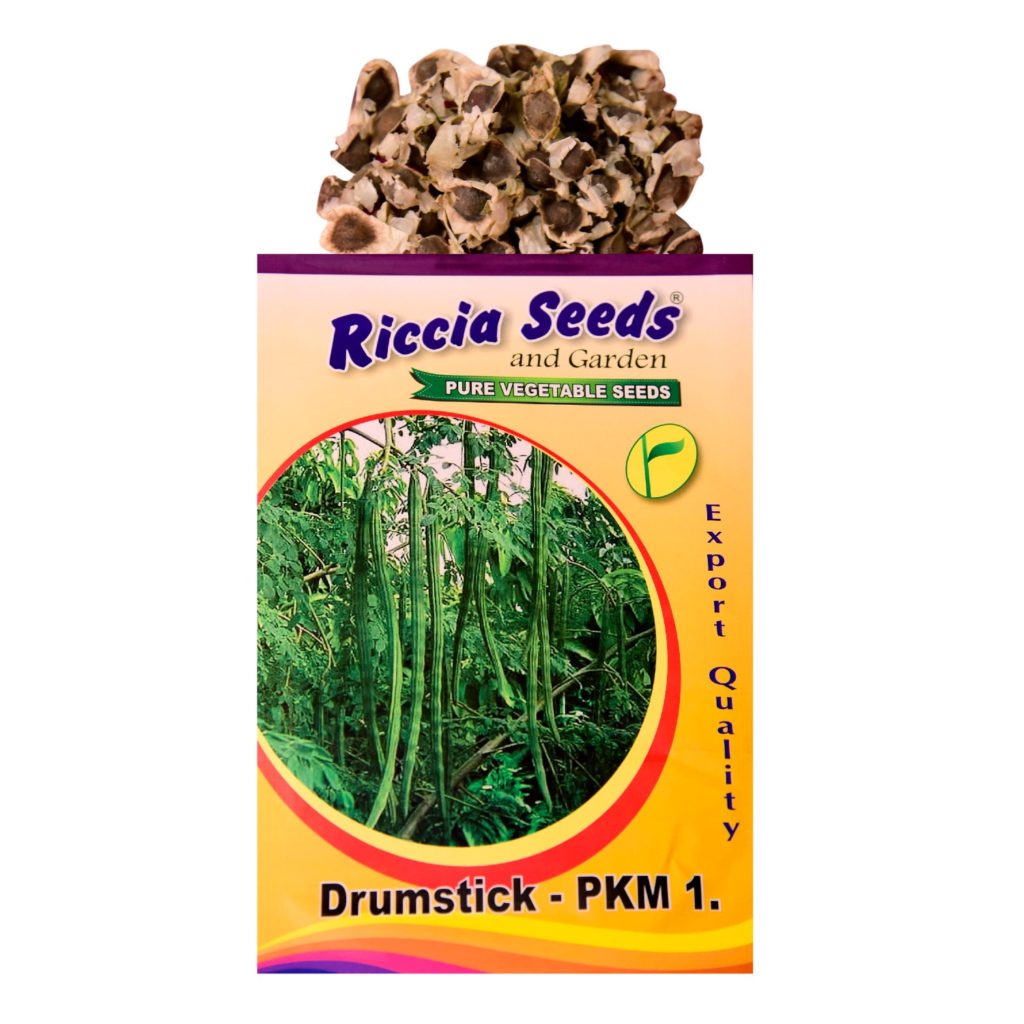Drumstick (Moringa oleifera) is a fast-growing, drought-resistant tree of the family Moringaceae, native to tropical and subtropical regions of South Asia. Common names include moringa, drumstick tree (from the long, slender, triangular seed-pods), horseradish tree (from the taste of the roots, which resembles horseradish), and ben oil tree or benzolive tree (from the oil which is derived from the seeds).
India is the largest producer of moringa, with an annual production of 1.2 million tonnes of fruits from an area of 380 km². It is widely cultivated for its young seed pods and leaves used as vegetables and for traditional herbal medicine. It is also used for water purification.
Moringa is grown in home gardens and as living fences in South Asia and Southeast Asia, where it is commonly sold in local markets. In the Philippines and Indonesia, it is commonly grown for its leaves which are used as food. Moringa is also actively cultivated by the World Vegetable Center in Taiwan, a center for vegetable research. In India, from where moringa most likely originated, the diversity of wild types is large. This gives a good basis for breeding programs. In countries where moringa has been introduced, the diversity is usually much smaller among the cultivar types. Locally well-adapted wild types, though, can be found in most regions.
The young, slender fruits, commonly known as “drumsticks”, are prepared as a culinary vegetable, often cut into shorter lengths and stewed in curries and soups. The taste is described as reminiscent of asparagus, with a hint of green beans, though sweeter, from the immature seeds contained inside.
In India and Bangladesh, drumstick curries are commonly prepared by boiling immature pods to the desired level of tenderness in a mixture of coconut milk and spices (such as poppy or mustard seeds). The fruit is a common ingredient in dals and lentil soups, such as drumstick dal and sambar, where it is pulped first, then simmered with other vegetables and spices like turmeric and cumin. Mashed drumstick pulp commonly features in bhurta, a mixture of lightly fried or curried vegetables.
Because the outer skin is tough and fibrous, drumsticks are often chewed to extract the juices and nutrients, with the remaining fibrous material discarded. Others describe a slightly different method of sucking out the flesh and tender seeds and discarding the tube of skin.
Each packet contains:
- Drumstick PKM-1 Non-GMO vegetable seeds.
- Weight: 500 gram.
